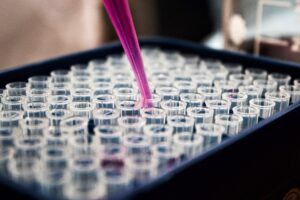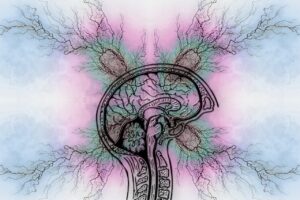New technique identifies causes of cancer
A team of Yale-led researchers have quantified the factors causing changes in DNA that contribute most to cancer growth in tumours.
The researchers said that their new molecular analysis approach brings clarity to a longstanding debate over how much control humans have over developing cancer across time.
Some of the most common cancers are known to be preventable by human decisions. For example, skin cancers like melanoma emerge in large part because of prolonged exposure to ultraviolet light, while lung cancers can often be traced back to tobacco use.
However, scientists have long struggled to gauge how much any individual’s tumour developed as a result of preventable actions compared to aging or chance.

Looking at the instances of specific genetic mutations can reveal the extent to which preventable exposures like ultraviolet light caused tumour growth in 24 cancers, said Jeffrey Townsend, Ph.D., the Elihu Professor of Biostatistics in the Department of Biostatistics at YSPH.
‘We can now answer the question — to the best of our knowledge — “What is the underlying source of the key mutations that changed those cells to become a cancer instead of remaining normal tissue?”’
Previously, scientists have shown that they can reliably predict how certain factors that cause specific mutations that alter the genome in tissues. By combining this knowledge with their method that quantifies the contribution of each mutation to cancer, Townsend and his colleagues showed the specific percentage of the blame to be assigned to known and unknown but identified factors in the emergence of cancer.
‘That gives us the last puzzle piece to connect what happened to your genome with cancer,’ he explained. ‘This is really direct: We look in your tumour, and we see the signal written in your tumour of what caused that cancer.’
The report, published in Molecular Biology and Evolution, found some cancers are more controllable than others. For example, preventable factors account for a large part of the formation of tumours of the bladder and skin, but prostate cancers and gliomas are largely attributable to internal age-associated processes.
Not all genetic changes that lead to tumours are incorporated into the current approach, so that more research is needed to fully understand complex genetic changes like duplicated genes or chromosomes.
Scientists continue to discover new factors that also lead to tumour growth, so Townsend cautioned that it current approaches do not provide a ‘complete accounting’.
However, the findings could help public health officials to quickly recognize sources of cancer before they lead to more tumours, thereby saving lives.
‘Public health intervention targeted at minimizing exposure to these preventable signatures would mitigate disease severity by preventing the accumulation of mutations that directly contribute to the cancer phenotype,’ the researchers wrote in the study.
Photo by Louis Reed















